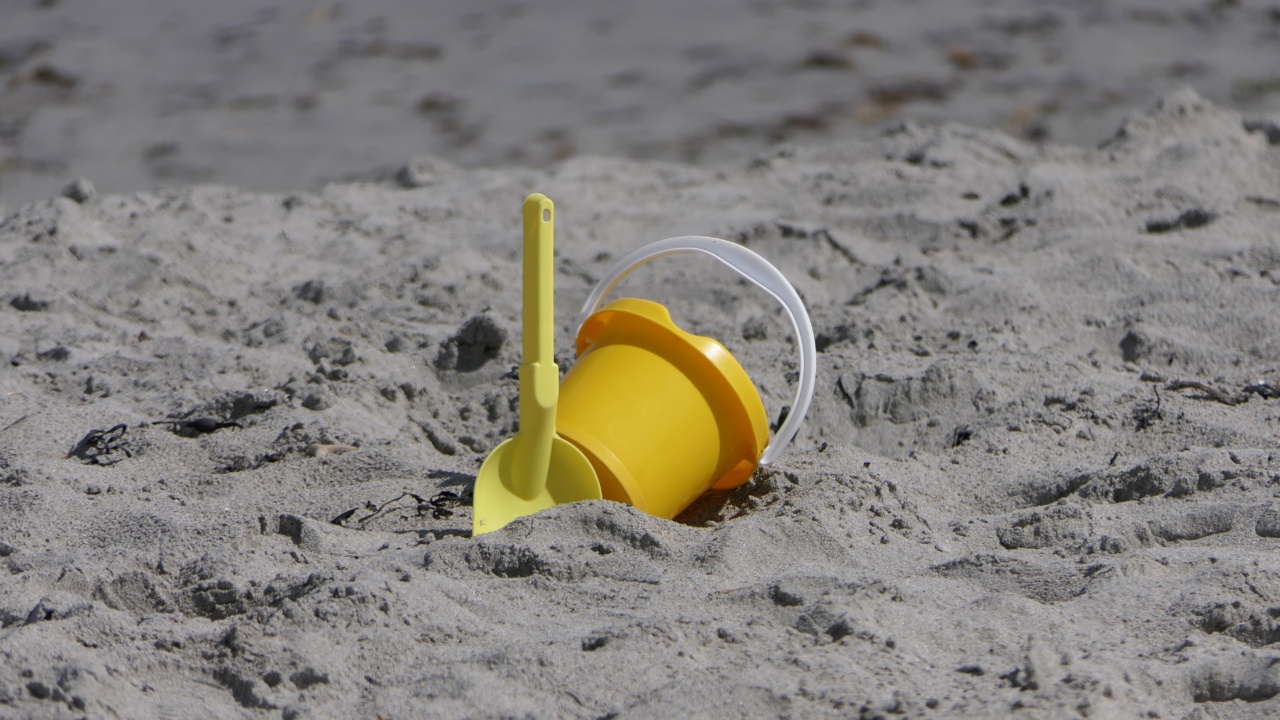Urinary tract infections (UTIs) are a common problem among children, especially girls. They can be painful and uncomfortable, and if left untreated, can lead to more serious complications.
Fortunately, there are several steps parents can take to prevent UTIs in their kids. In this ultimate guide, we will explore the causes, symptoms, and prevention methods for urinary tract infections in children.
What is a Urinary Tract Infection?
A urinary tract infection is an infection that occurs in any part of the urinary system, including the kidneys, bladder, ureters, and urethra. In children, UTIs are more commonly found in the bladder and urethra.
Bacteria, usually from the digestive tract, enters the urinary system and multiplies, causing an infection.
Causes of Urinary Tract Infections in Kids
There are several factors that can increase a child’s risk of developing a urinary tract infection:.
Poor Hygiene
One of the main causes of UTIs in kids is poor hygiene. It is crucial to teach children, especially girls, proper wiping techniques from front to back after using the toilet. This helps prevent the spread of bacteria from the anal area to the urethra.
Infrequent Urination
Not urinating frequently enough can also increase the risk of UTIs. Encourage your child to use the bathroom regularly, especially before and after activities such as swimming or sports.
Constipation
Constipation can put pressure on the bladder and increase the risk of UTIs. Make sure your child maintains a healthy diet with plenty of fiber-rich foods and drinks enough water to prevent constipation.
Uncircumcised Boys
Uncircumcised boys have a slightly higher risk of developing urinary tract infections. Proper cleaning of the foreskin is essential to prevent bacteria buildup.
Symptoms of Urinary Tract Infections in Kids
Recognizing the symptoms of a urinary tract infection in children is crucial for early intervention. Common symptoms include:.
Frequent Urination
If your child suddenly starts asking to go to the bathroom more frequently than usual, it could be a sign of a UTI. Pay attention to any changes in their normal bathroom habits.
Pain or Burning Sensation
Kids with UTIs may experience pain or a burning sensation while urinating. They may complain about discomfort or cry during bathroom visits.
Urgency
A sudden and urgent need to urinate is a common symptom of a urinary tract infection. Your child might feel the need to rush to the bathroom frequently.
Fever
In some cases, children with UTIs may develop a fever. If your child has a high temperature along with other UTI symptoms, it is essential to consult a healthcare provider.
Prevention Methods for Urinary Tract Infections in Kids
Now that we understand the causes and symptoms of UTIs in children, let’s explore the key prevention methods:.
Encourage Good Hygiene
Teach your child the importance of proper hygiene, specifically how to wipe from front to back after using the bathroom. This helps prevent the spread of bacteria.
Stay Hydrated
Ensure your child drinks plenty of water throughout the day. Adequate hydration helps flush out bacteria from the urinary system.
Frequent Bathroom Breaks
Encourage your child to use the bathroom regularly, especially before and after activities that can introduce bacteria to the urinary tract.
Avoid Bubble Baths
Bubble baths may irritate the urethra and increase the risk of UTIs. Opt for plain water baths or use gentle, fragrance-free soaps specifically designed for kids.
Proper Cleaning for Boys
If your son is uncircumcised, teach him proper cleaning techniques for the foreskin. Emphasize the importance of keeping the area clean and free from bacteria.
Change Wet Clothing
Make sure your child changes out of wet clothing promptly, such as bathing suits or sweaty underwear, as moisture can create a breeding ground for bacteria.
Encourage Cotton Underwear
Cotton underwear allows the skin to breathe, reducing the likelihood of moisture buildup. Avoid tight-fitting or synthetic materials that can trap moisture.
Consult a Healthcare Provider
If your child frequently experiences urinary tract infections, it is essential to consult a healthcare provider. They can provide further guidance and evaluation to identify any underlying issues.
Conclusion
Preventing urinary tract infections in kids involves practicing good hygiene, maintaining proper hydration, and taking necessary precautions.
By following the guidelines outlined in this ultimate guide, parents can significantly reduce the risk of UTIs in their children. If your child exhibits symptoms of a UTI, consult a healthcare provider for proper diagnosis and treatment.





























